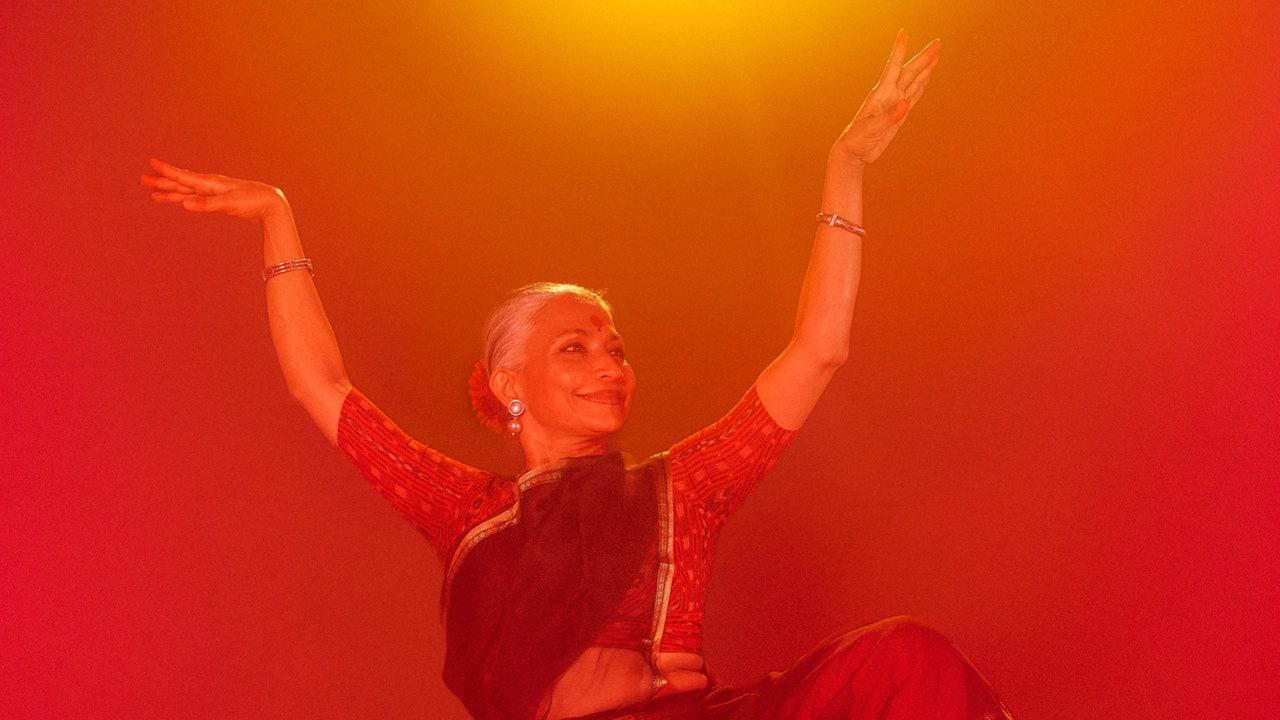
2024-01-08 词
The dances these gurus came up with mostly privileged Hindu traditions and texts, even though, historically, dance across India was shaped by many religious and philosophical contexts. (Odissi, for instance, also has Jain, Buddhist, Muslim, animist, and secular theatrical roots.) Everything was tightly regulated. There were rules for postures, steps, and musical structures; for textual and sculptural sources; for performance, including what order particular pieces should be performed in. The new national dances were also cleaned up, following the lead of purity-minded British social reformers who had stigmatized temple dancers as prostitutes and tried in some cases to ban them. Others tried to strip the dances of overt sexuality—a fool’s errand, as one glance at the erotic S-curved body in Odissi proves. Caste played a role, too. In some traditions, such as bharatanatyam, from Tamil Nadu, temple dancers were typically of low caste, but, in the remade, classicized version of the form, bharatanatyam became largely the province of bourgeois Brahmin women. Today, a few lower-caste dancers, such as Nrithya Pillai, are trying to take back their art. Meanwhile, some Hindu nationalists have made moves to link Odissi to their cause, in disregard of Muslim and other historical influences on the art form. In 2018, Narendra Modi’s government even nominated the Odissi dancer Sonal Mansingh to the parliament.
免责声明:本文来自网络公开资料,仅供学习交流,其观点和倾向不代表本站立场。